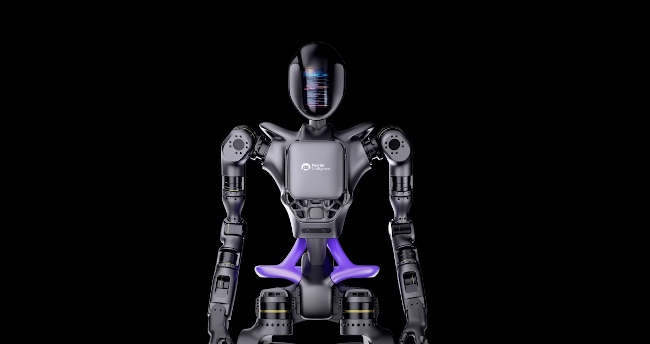Introducing the TJ-FlyingFish Drone: A Revolutionary Air-Water Robot
The world of robotics is constantly evolving, and the latest innovation comes in the form of the TJ-FlyingFish drone. This remarkable robot, developed by a team of scientists from the Shanghai Research Institute of Intelligent Autonomous Systems, Tongji University, and the Unmanned Systems Research Group of the Chinese University of Hong Kong, is an autonomous air-water drone capable of both flying and diving underwater.
The TJ-FlyingFish Drone: A Unique Design
At first glance, the TJ-FlyingFish drone resembles an ordinary quadcopter, featuring a central dome-shaped body and four racks, each equipped with a power plant at the end. However, what sets this robot apart is its unique design. Each power plant is equipped with a special two-speed gearbox, and the rack on which it is mounted can rotate independently relative to the rest of the drone.
When the aircraft is in flight, all four struts point upwards, and the propellers rotate at the higher of the two speeds. After landing on the water, the struts turn down and rotate at a slower speed, directing the drone under the water. To move both vertically and horizontally after a full dive, the TJ-FlyingFish adjusts the angle and thrust of each power plant as needed. After the drone finishes its stay underwater, it can return to the surface and fly away.
Impressive Capabilities of the TJ-FlyingFish Drone
In its current conceptual form, the 1.63 kg TJ-FlyingFish can hover for 6 minutes on a single battery charge or move underwater for 40 minutes. It is also capable of descending to a maximum depth of up to 3 m, and its maximum speed under water is 2 m/s.
Professor Ben Chen from the Chinese University of Hong Kong states that the drone is completely autonomous and does not need an operator at any stage of its journey. This autonomous feature makes the TJ-FlyingFish drone an ideal robot worker for various applications, including air/water research, remote sensing, and search and rescue operations.
The Future of the TJ-FlyingFish Drone
Chen and his colleagues will present a report on their research at the IEEE 2023 International Conference on Robotics and Automation, which will be held in London in May this year. As the development of the TJ-FlyingFish drone progresses, it is expected to open new possibilities for robot jobs and hire robots in various industries.
The TJ-FlyingFish drone is a testament to the incredible advancements in robotics technology, pushing the boundaries of what robots can do and the environments they can operate in. With its unique design and impressive capabilities, this innovative robot is set to revolutionize the world of air-water drones and pave the way for future developments in the field.


















